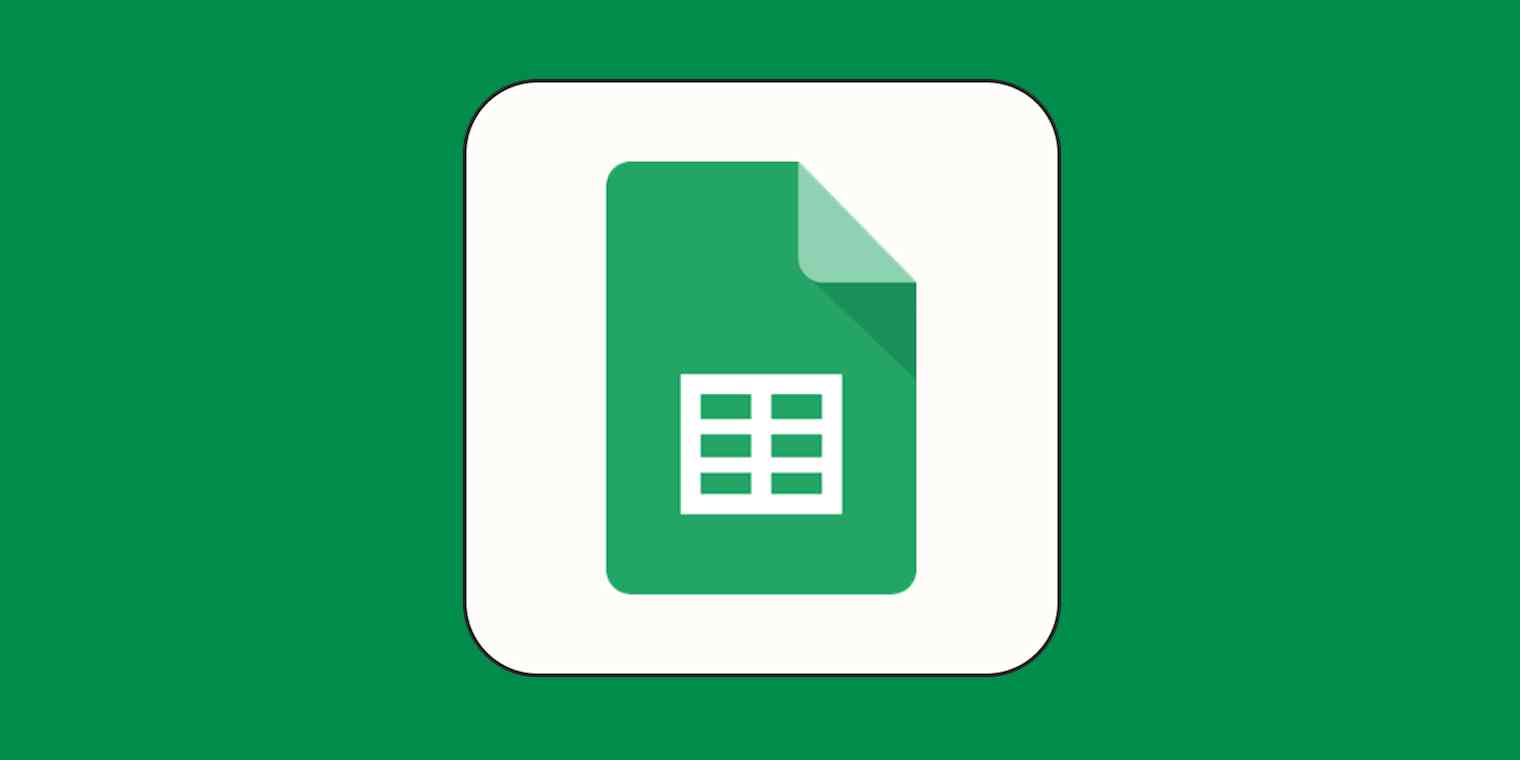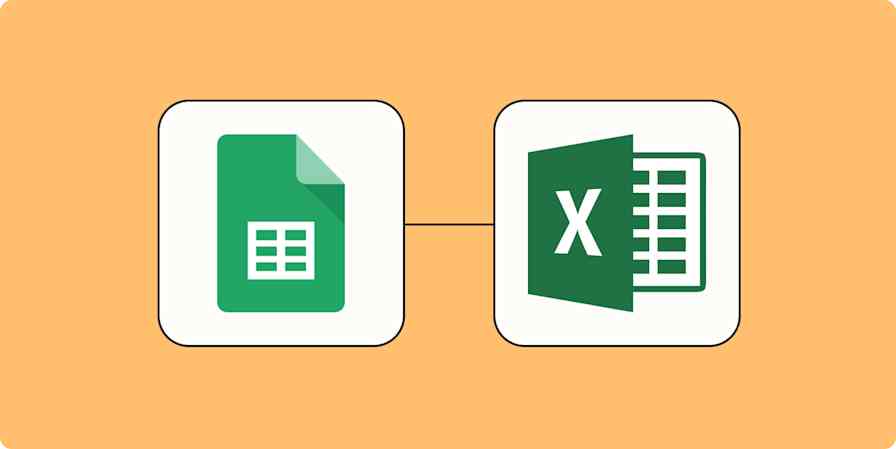App tips
7 min readHow to DIY Google Sheets Kanban boards (or use one of these 6 templates)
By Bryce Emley · January 2, 2024

Get productivity tips delivered straight to your inbox
We’ll email you 1-3 times per week—and never share your information.
mentioned apps
Related articles
Improve your productivity automatically. Use Zapier to get your apps working together.







